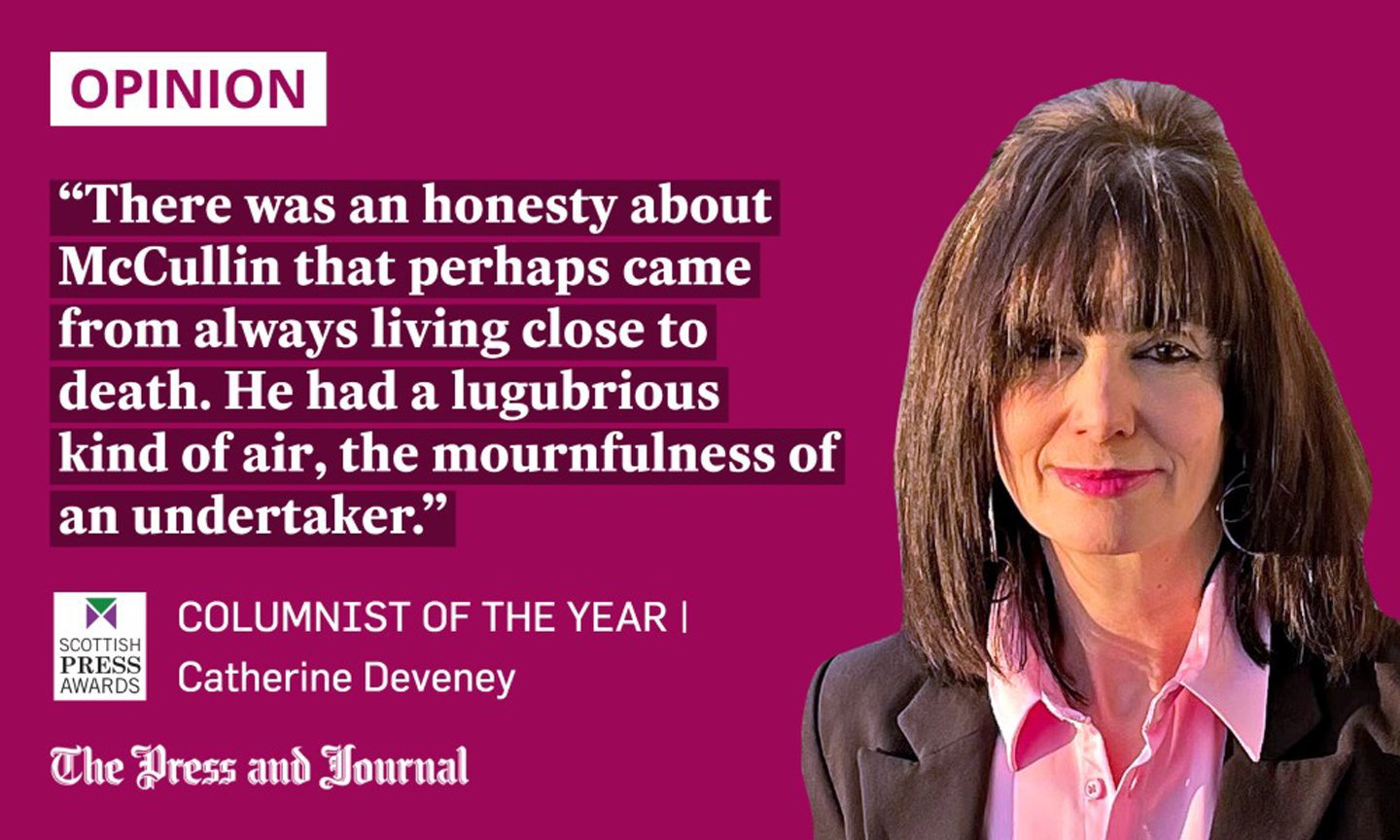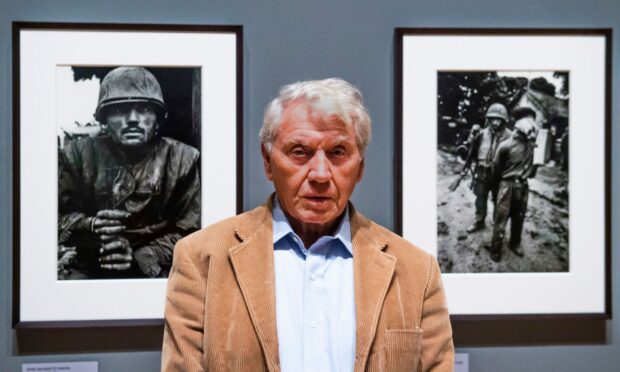There was something fitting about reading that photojournalist, Sir Don McCullin, is to be honoured this week with a lifetime achievement medal at the London Design Festival, then turning the page to see photographs of crowds of bare-headed Iranian women protesting the murder of 22-year-old Mahsa Amini.
Mahsa had been summoned by the “morality police” for not wearing her hijab correctly and died of injuries consistent with being beaten. The protesters shed their hijabs in defiance. The photographs spoke powerfully of bravery and rebellion and underlined the pressure photojournalism can exert. Pictures bear witness to the truth of words.

McCullin’s images, particularly his war photographs, have become iconic, confronting the world with some of the most terrible events of his lifetime. The pain and terror of a naked child, whose clothes were burnt in an explosion, running, screaming, down a road in South Vietnam. The haunted eyes of a shell-shocked soldier. The shrivelled breasts of nursing mothers in Biafra; the swollen bellies of starving children.
Wherever in the world he photographed, McCullin managed to capture two contradictory things: the brutality and cruelty people are capable of; and their essential humanity. Challenging enough to capture one; McCullin captured both simultaneously.
Don McCullin’s iconic photo of a shell-shocked US Marine at ‘The Battle of Hue’ in 1968. pic.twitter.com/4AyJSmRQPs
— Michael Warburton (@MichaelWarbur17) September 17, 2022
Years ago, the first thing that intrigued me about meeting him was his thoughtfulness. Ironically, this man who made his own way in life, who crawled on his belly through seas of mud, who saw piles of bodies set alight with kerosene, until, he said, the flesh melted into the consistency of cake mix, would not hear of me suffering the inconvenience of a taxi ride in either direction. He insisted on picking me up and dropping me – unusual in an interviewee.
Always living close to death
I smiled inwardly when he said, as we drove, that he had read a recent interview of mine with his friend, Lord Snowdon. He had recognised the old rogue and realised he’d better be careful with this interview. But he wasn’t, was he?
He had done his homework which was telling, but couldn’t resist any challenge which was even more so. At the house, he threw down the gauntlet. “I can take any question you throw at me.”
He could. There was an honesty about McCullin that perhaps came from always living close to death. He had a lugubrious kind of air, the mournfulness of an undertaker. His conversation felt heavy, almost as if there was so much to say it was impossible to begin.
But it was his inner turmoil about the ethics of what he did that made him so interesting. People in war zones, people who were starving, people who were in despair – the last thing they needed was the lens of his Nikon pointing at them.
Why do it then? “Because I thought I did it well, in a compassionate way that could persuade people to understand the images that I came up with instead of rejecting them outright. If you look at some of my pictures, you will see the victims looking at me in an almost tender way.”
Camera can be interpreter of events
McCullin saw dead men’s eyes in his sleep. They haunted his dreams. Yet interestingly, it was the wars in his personal life that nearly broke him.
McCullin, and photographers like him, illustrate that in the right hands, the camera is not just a recorder of events but also an interpreter of them
The dead body that set his attitude to death was not in a war zone but in the deprivation of his London home, where his father, a chronic asthmatic, wasted to seven stones before dying. He could smell it still, he said, the smell of lilies, and French polish on his father’s coffin. It made him reckless but most of it all it made him angry with a God he could no longer believe in. When he zigzagged across war fields, bullets whistling by him, he felt reckless. “Up yours,” he told God defiantly.
Then there was the affair that took him away from his family but drew him back to see his wife when she had cancer. He walked in and found her dead. The guilt nearly broke him.
Yet, in all of it, he continued zigzagging across life’s battlefields, escaping each time but producing images that showed the rest of us the truth. His pictures were not just through the lens of a Nikon. They were through the lens of McCullin. He enabled us not just to see the worlds of the war-ravaged, the hungry, the frightened and the destitute, but also to interpret them.
Anyone now can take photographs. Nights out, selfies, the ever-ready camera phone captures images for the general population in ways that only professional cameras once could.
There is no mystery anymore to photographs. And yet, McCullin, and photographers like him, illustrate that in the right hands, the camera is not just a recorder of events but also an interpreter of them.
Iran, Ukraine, Africa… We need that witness in every corner of our world. When McCullin says those in despair did not need his Nikon lens, it may be true. But the rest of us did.
Catherine Deveney is an award-winning investigative journalist, novelist, television presenter and Scottish Newspaper Columnist of the Year 2022


Conversation